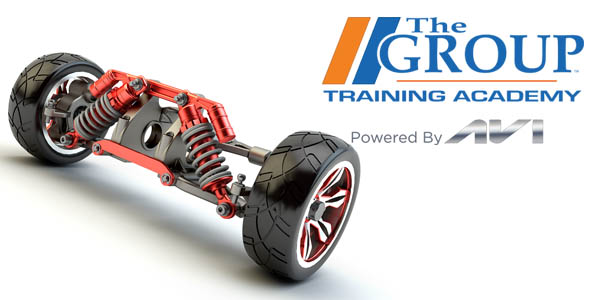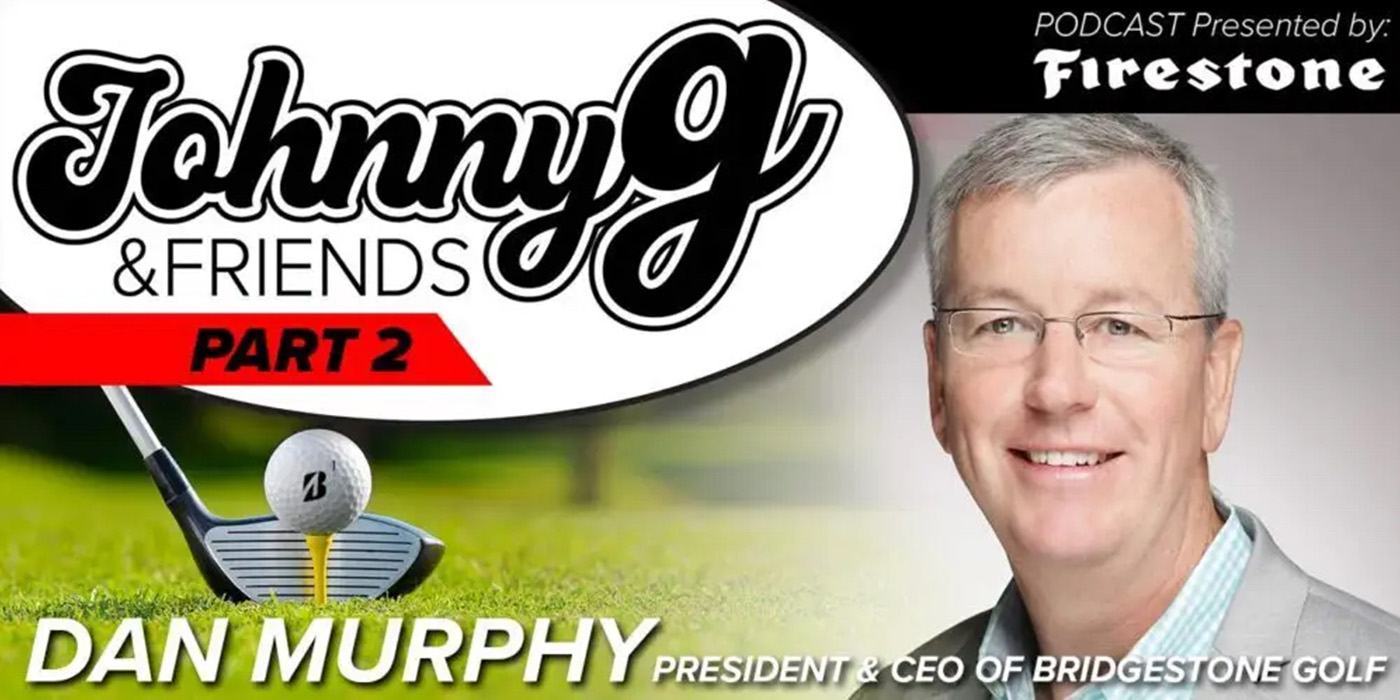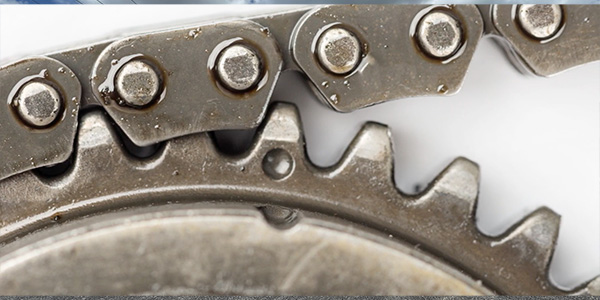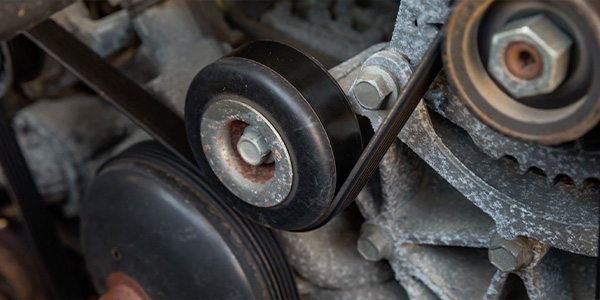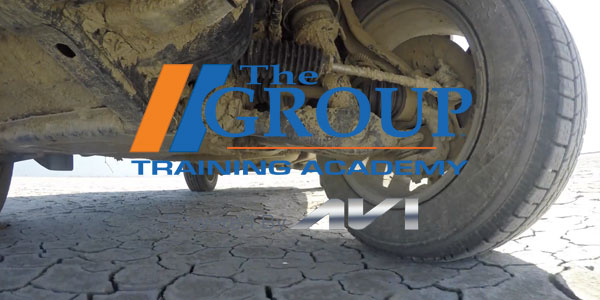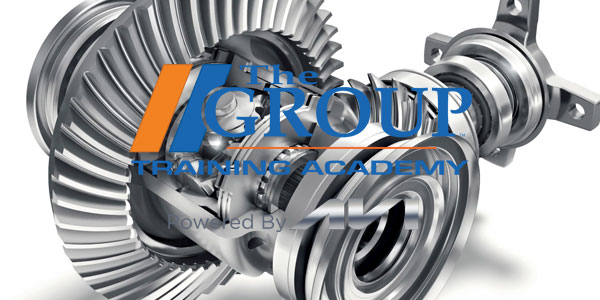This video is sponsored by Rislone.
Any product added to motor oil in a vehicle engine is considered an oil additive. However, don’t confuse these products with the additive packages blended with the base oils that make up the motor oil itself.
Examples of oil additives include:
- Compression builders
- Engine stop-leak products
- Engine treatments
- Motor-flush products
- Oil stabilizers
- Oil treatments
- And smoke treatments
Benefits of oil additives can include: gaining longer useable life out of the vehicle; saving on mechanical repairs; and even protecting the environment from liquid and air pollution.
Additives that protect the metal in the engine can help to prevent wear when starting the vehicle, especially during cold weather. These additives work to protect internal moving parts until the oil gets flowing, in addition to preventing damage from a low-oil situation.
Oil additives can be especially useful for vehicles driven in hot climates or other conditions that cause the engine to work harder, such as racing, heavy-duty trucking, towing and stop-and-go driving. In upcoming videos, we’ll delve into the specific types of oil additives and what they bring to the table.


